The melody was as sweet as the heady scent of gingerbread and mulled wine, drifting in the breeze of an early Salzburg evening. A group of choristers were ensconced in their rehearsal room, belting out a fine rendition of Carol of Bells, ahead of their nightly concert on the steps of Salzburg Cathedral. The sound was positively angelic.
It was late November and I was in town to sample the smorgasbord of festive treats and trimmings that has made Salzburg such a prized Christmas destination. If you’ve ever dreamed of basking in the glow of Europe’s Christmas markets and the old-time yuletide festivities, make a date with Salzburg.
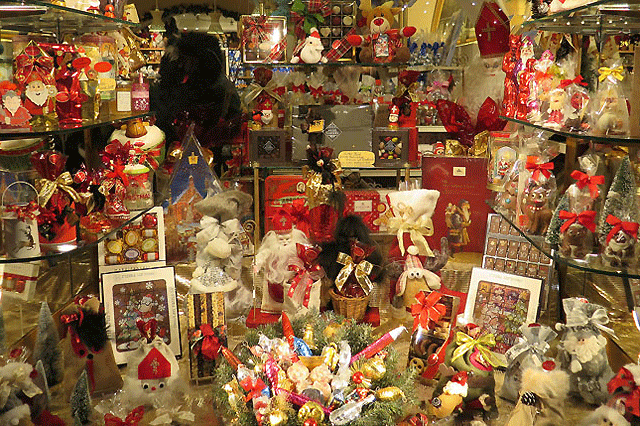
The Austrian city is of course synonymous with music, thanks to Mozart and Julie Andrews, and no matter what time of year you visit, the life and times of the great composer, and The Sound of Music’s footprint on Salzburg, are perennial gifts that keep on giving. But being a Christmas tragic from way back, my focus was trained on all things festive, starting with the city’s Christmas markets, which burst into life, from November 23.
As its name suggests, salt powered Salzburg’s prosperity over the centuries, a lucrative income-earner for its Prince Archbishops, which they lavished on building glorious baroque palaces and churches, and elegant town squares. An unmistakable medieval atmosphere still exudes its narrow winding lanes in the Old Town.
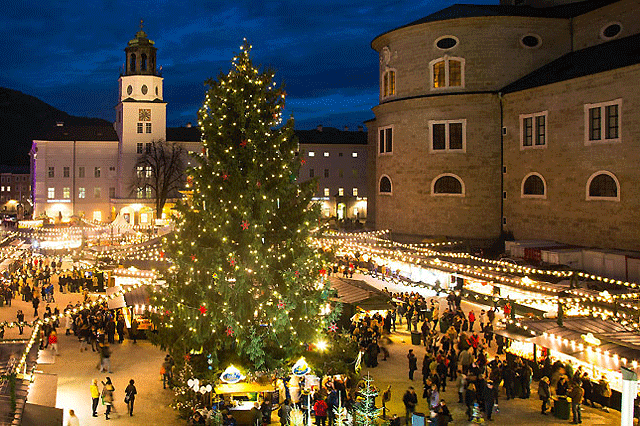
Come Christmas time, Salzburg is movie-set perfect to get your jingle on, as its cobbles assume a very festive glow. Twinkling with intent, Salzburg’s most famous shopping lane is Getreidegasse, replete with its iconic ornamental guild signs, protruding from shop facades.
Ablaze in Christmas lights, I paid homage to Mozart’s birthplace and got my fill of his balls. Yes, Mozartkugel are delicious chocolate and pistachio marzipan balls – a signature Salzburg gift. Exquisitely fairy-lit confectionary boutiques were selling these boxes of balls by the truckload.

Salzburg’s main Christmas market, the Christkindlmarkt, is staged in Domplatz, wrapped around the iconic cathedral where a young Mozart would play the organ. With over 500 years of experience under its belt, it’s one of Europe’s most popular market affairs, laden with wooden stalls brimming with designer decorations, hand-crafted gifts and calorific treats to ward off the winter chill. The spicy apple punch and gluhwein went down a treat.
Roasted chestnuts and toasted almonds added to the al fresco aroma. I noshed far too merrily from the vast assembly of stalls. There were two stand-outs: Kaiserschmarrn and Salzburger Nockerl. The latter is a sweet souffle that salutes the three peaks that backdrop the city. This cranberry confit and icing sugar-topped mountain of soufflé is so big, you could almost ski-jump off it – or was the gluhwein starting to get the better of me?
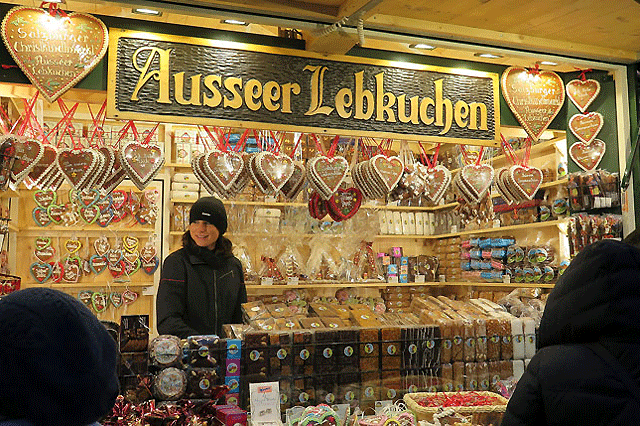
Kaiserschmarrn is an even more decadent festive dessert, consisting of a gloopy heap of smashed pancakes slathered in hot custard, cinnamon, nutmeg and rum. A sure-fire anti-freeze fortifier, as you browse the stalls and immerse yourself in the magical atmosphere. If you need to soften the effects of the gluhwein, try kasespatzle, a hearty mix of macaroni and mountain cheese.
Beyond the main market, a veritable snowstorm of satellite markets are sprinkled all over Salzburg, including the head-turning affair at Hellbrunn Castle, in the south of the city. It’s become a major crowd-puller in recent years due to its installation of real sheep, goats and sleigh ride-pulling reindeer around the market.
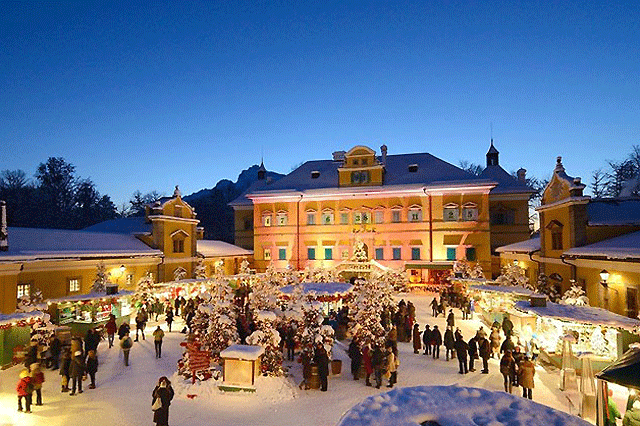
But best of all, the castle is transformed into a gigantic Advent calendar, whereby the 24 shuttered windows adorning the castle’s façade are duly opened one day after the next and dressed for the occasion. Another intimate option adjoins Mirabell Palace, of Do-Re-Mi fame.
Mirabellplatz hosts a clutch of beautifully decorated stalls bursting with wooden ornaments, traditional glassware and seasonal food. If you happen to be in Salzburg on December 6, you’ll notice that St. Nicholas Day is still a very big deal. It’s the saint’s feast day and many Austrian children will get gifts and sweets to celebrate.
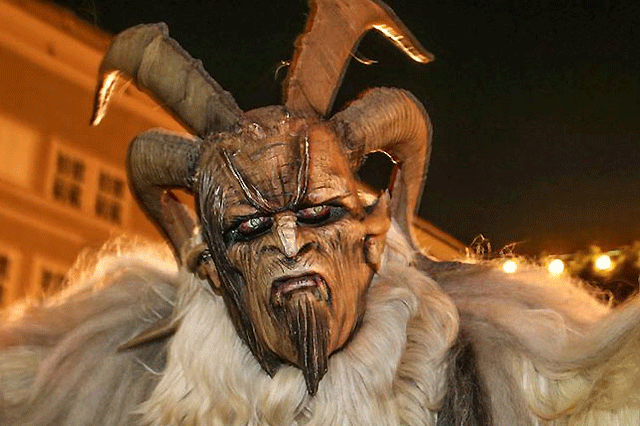
You’ll see men dressed as St. Nick on the streets and markets, usually accompanied by a rather demonic looking character called Krampus. In accordance with Austrian tradition the devil-horned, fang-toothed Krampus would punish children who were naughty, not nice, by swatting them with a birch. You’ve been warned!
Back in the Old Town, adjoining the Domplatz, don’t miss Mozartplatz which is transformed into an ice-skating rink over the winter months. It’s also home to the Christmas Museum, which opened five years ago and showcases the extensive collection of Ursula Kloiber, a woman who spent decades amassing traditional Christmas paraphernalia spanning several centuries of festive customs.
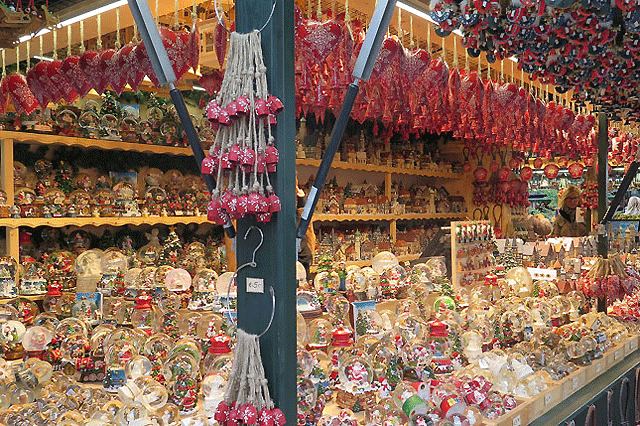
The museum is divided into themed sections, like Advent calendars, Christmas trees, festive dining and some great insights into the legend of the Krampus, who emerged in the 16th century, to pair up with St. Nick. Also on the museum front, just a 20-minute train ride from Salzburg whisks you to the ancient town of Hallein and the Silent Night Museum.
This year marks the 200th anniversary of the classic Christmas carol, which was composed by Franz Gruber. The museum is housed in his former apartment, where the carol was composed and traces its history. Exhibits include the guitar that Joseph Mohr strummed, during Silent Night’s first public performance on Christmas Eve, 1818 in nearby Obendorf.
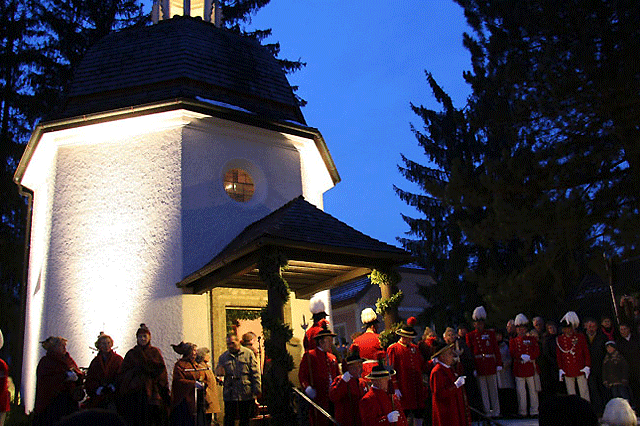
Gruber was buried in front of his former home and every Christmas Eve, carollers gather to sing at the side of his grave. Joseph Mohr penned the words for the carol and you can also visit the chapel in Obendorf, where the very first performance took place. A memorial service in honour Mohr and Gruber takes place every Christmas Eve at 5pm.

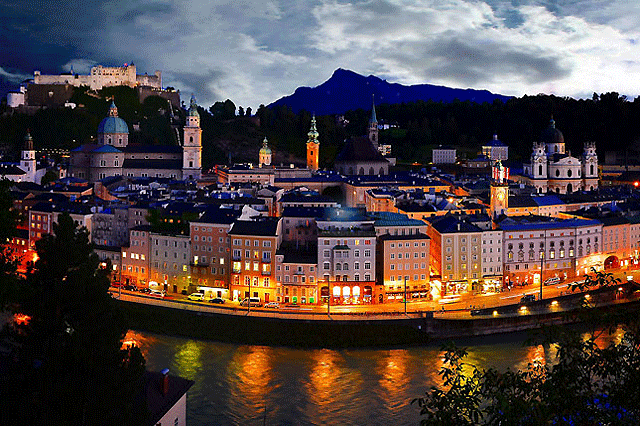
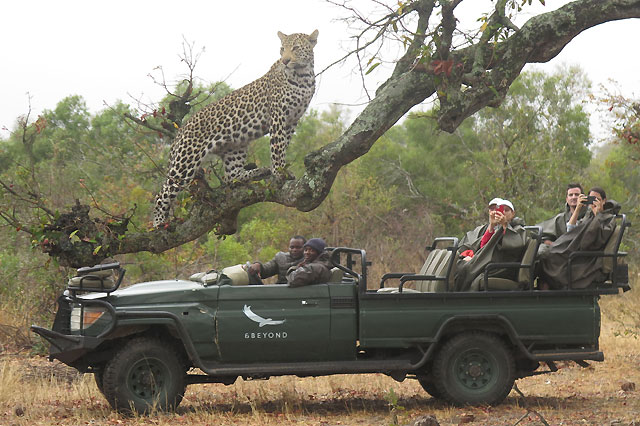
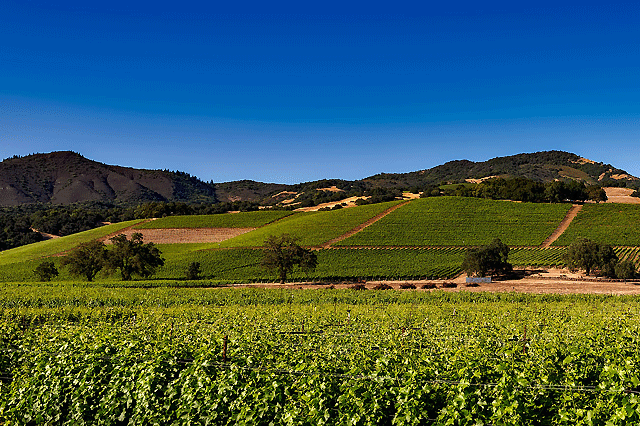
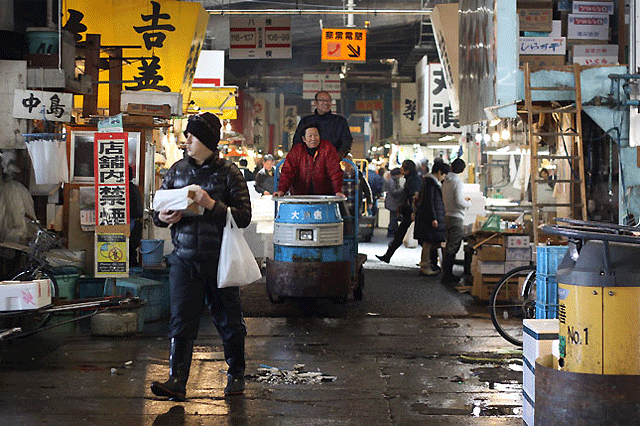

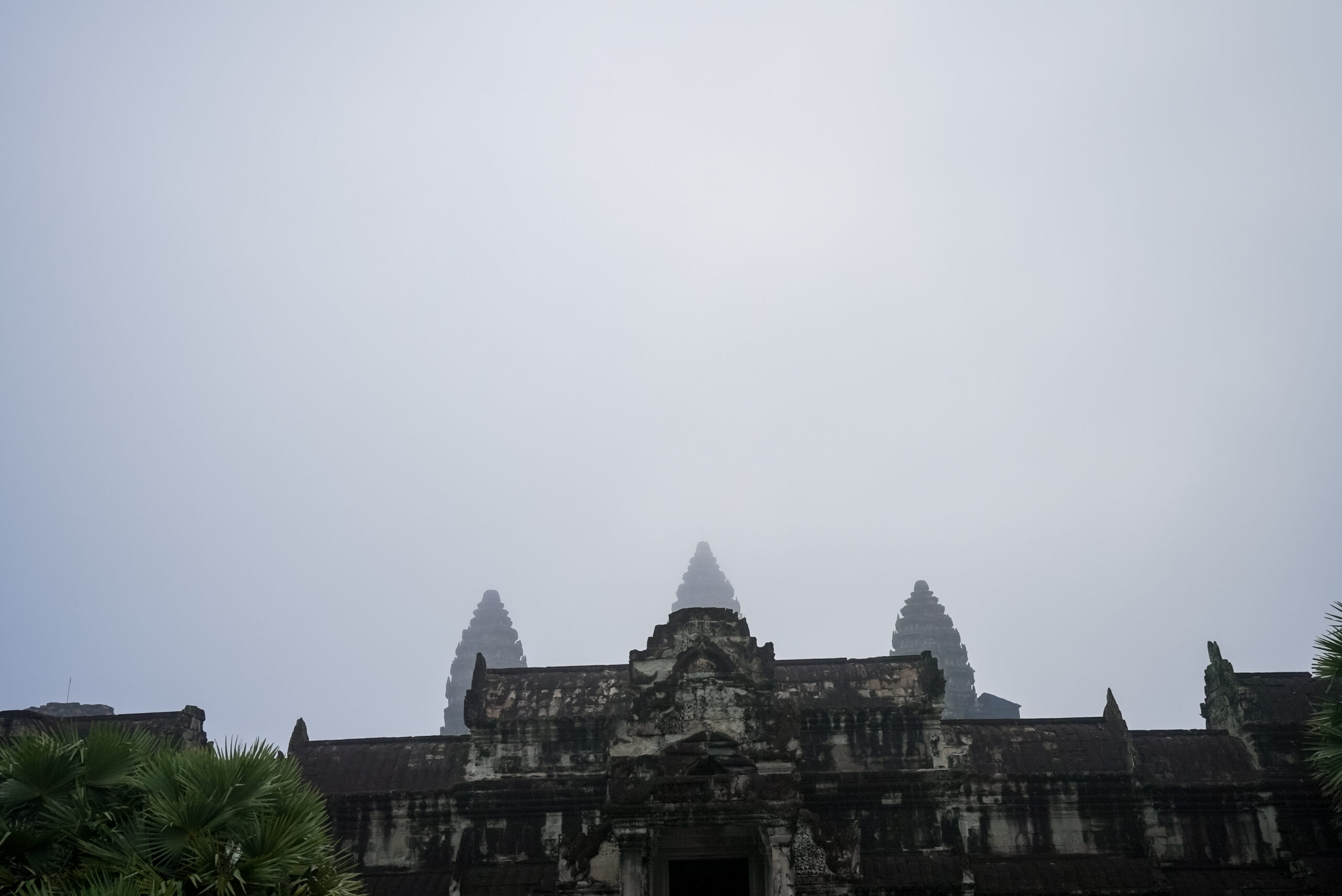
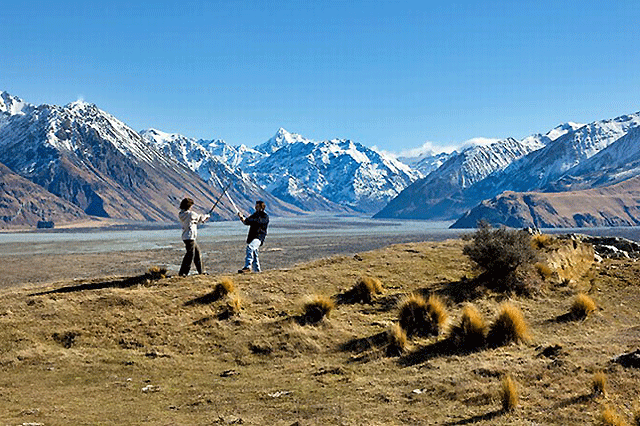
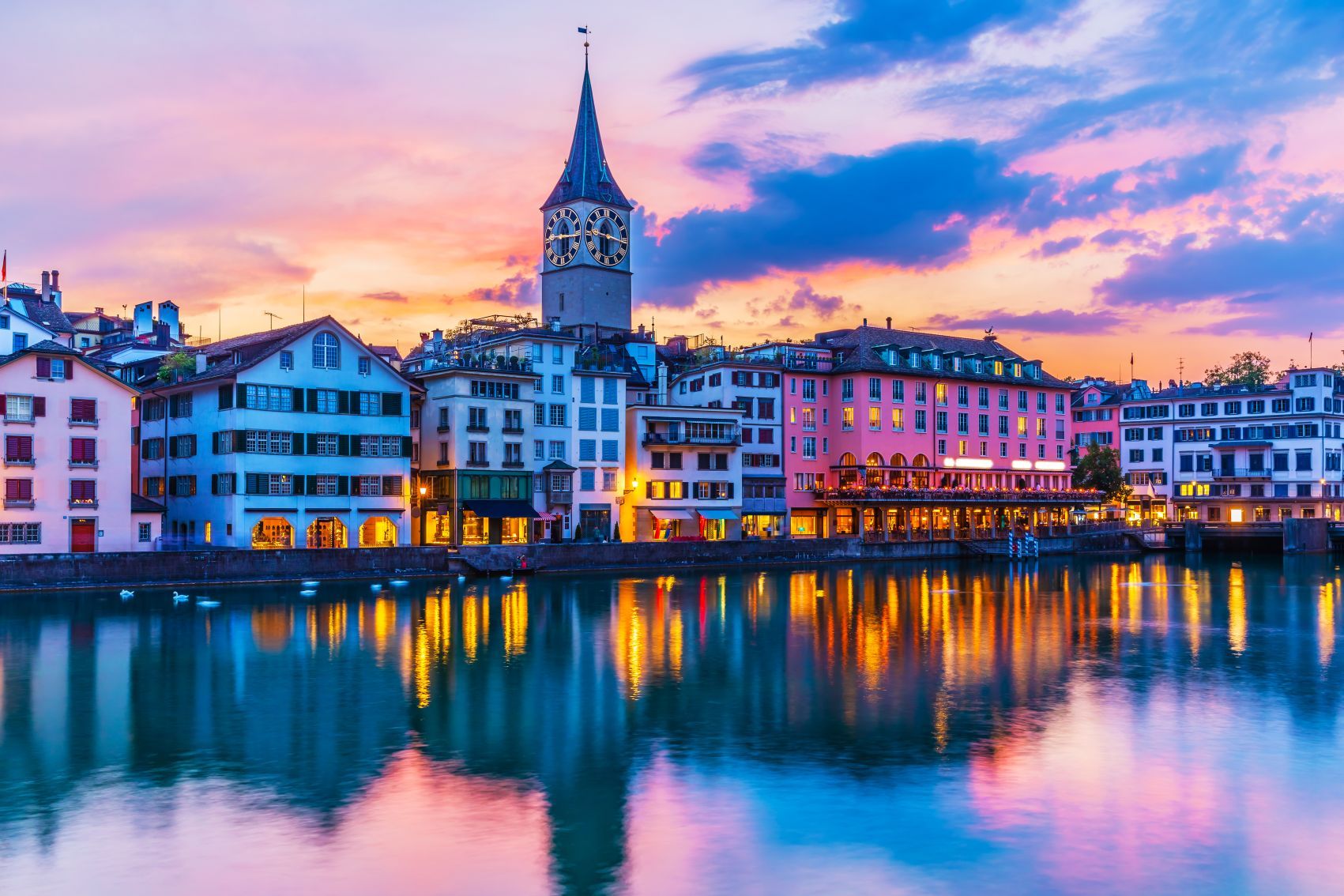




Recent Comments